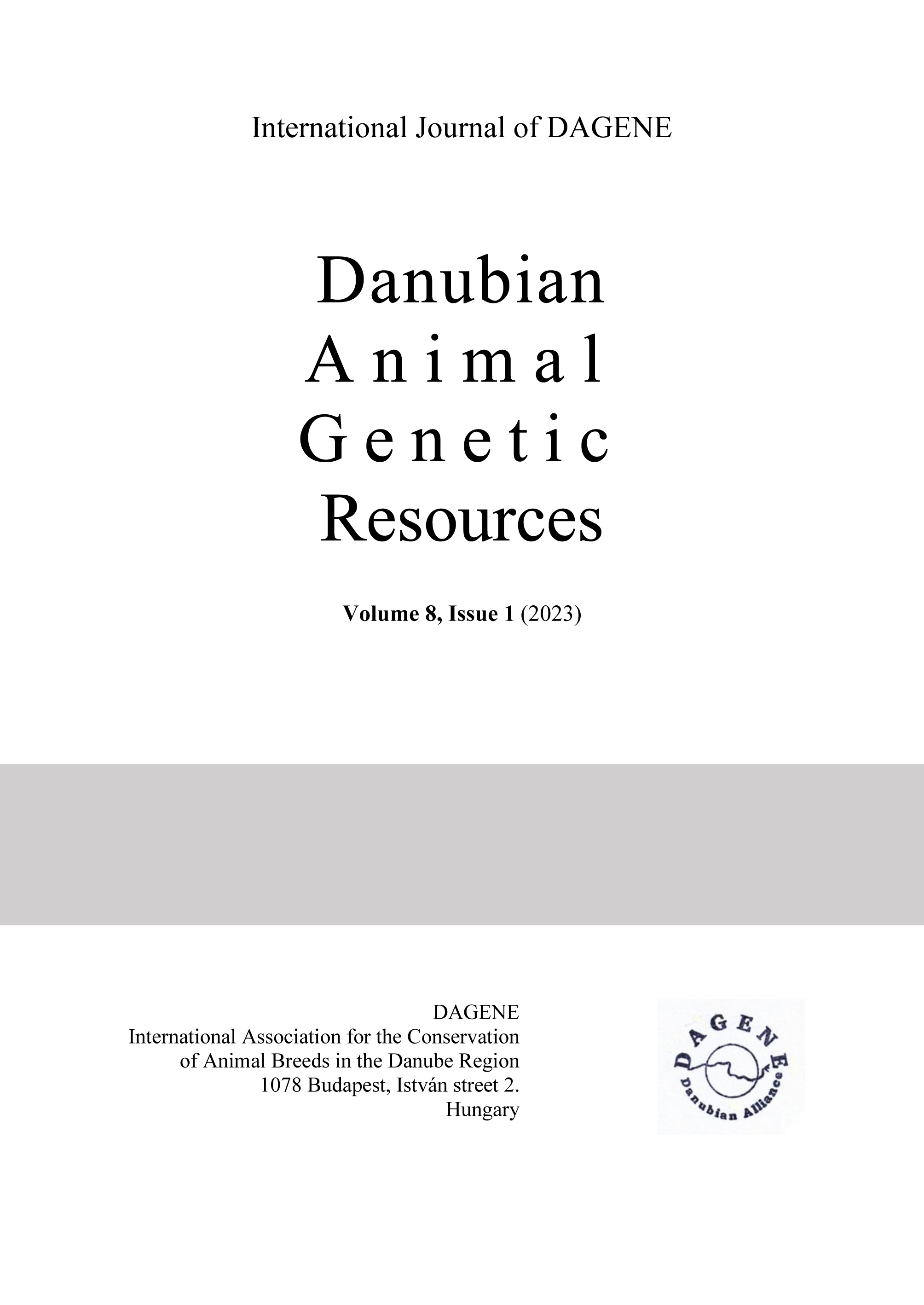Examination of the vitality of black-colour (Hortobágy) Hungarian racka lambs
Abstract
Hungary's sheep population is decreasing nowadays. On the first of December 2017, the herd consisted of more than 1.1 million sheep, and by June 2021, this number had barely reached 953 thousand. Based on data from the Central Statistical Office, on December 1, 2020, the sheep population numbered a total of 944 thousand individuals, of which 754 thousand were ewes (HCSO, 2020). Of this, native breeds account for 2.5%, and nearly half of this is accounted for by the Hungarian racka sheep (Hortobágy). This amounts to approximately ten thousand individuals (BODNÁR et al., 2016). For this small number of sheep, it is important to preserve their genetic values and avoiding inbreeding is even more important. This is particularly related to the fact that we need to examine the vitality of the lambs in order to produce even better breeding animals. It is important to monitor the behaviour of the sheep, the course of calving and the mother-lamb relationship, as this is of great importance in the development of technology. The observation of our farm animals influences feeding and husbandry technologies, thus we can create a better environment for them (BODNÁR et al., 2015).
References
BODNÁR Á. – PAJOR F. – HEGEDŰS B. B. – PÓTI P. – EGERSZEGI I. (2016): Data for developing of mother-lamb bond after parturition in Hortobágy Ratska. Animal welfare, ethology and housing systems. Volume 12, Issue 1, p.32-42 https://doi.org/10.17205/SZIE.AWETH.2016.1.032
BODNÁR Á. (2015): Relationships between behaviour and growth vigour in artificially reared Awashi lambs (In Hungarian) Doctoral (PhD) thesis, Doctoral School of Biological Sciences, Gödöllő, 90 p. https://doi.org/10.14751/SZIE.2015.004
HSCO (2020): Sheep stock (In Hungarian). downloaded at 1st Dec. 2020.



